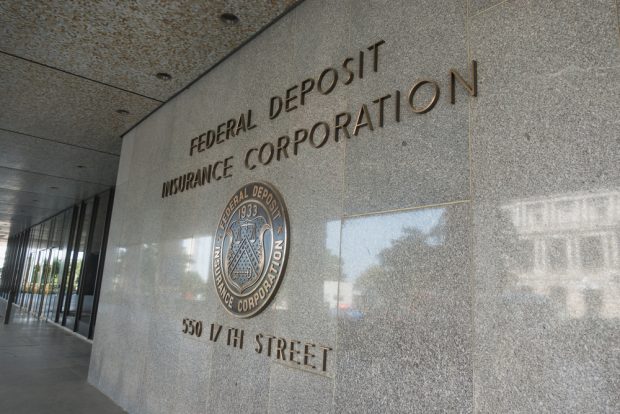 Source: AdobeStock.
Source: AdobeStock.
People applying for mortgages in February found their payments were less affordable than any time since at least the end of the Great Recession, according to a new measure from the Mortgage Bankers Association.
The MBA's Purchase Applications Payment Index measures how new monthly mortgage payments vary across time — relative to income — coupling federal income data with the MBA's Weekly Applications Survey.
Recommended For You
In February, the national median payment applied for by applicants was $1,653, up 8.3% from $1,526 in January and $1,316 in February 2021.
"Low unemployment has spurred strong income growth in early 2022, but homebuyer affordability has decreased due to the quick rise in mortgage rates amidst steep home-price growth," Edward Seiler, the MBA's assistant vice president for housing economics, said.
 Edward Seiler
Edward Seiler "The 30-year fixed-rate mortgage spiked 73 basis points from December 2021 through February 2022," Seiler said. "Together with increased loan application amounts, a mortgage applicant's median principal and interest payment in February jumped $127 from January and $337 from one year ago."
Unless income spiked in March, affordability is likely to have worsened this month. MBA Chief Economist Mike Fratantoni said rates on 30-year conforming mortgages jumped by 23 basis points last week to 4.5%, the largest weekly increase since March 2020. He said purchase application volume was down slightly in the survey for the week ending March 18, with a larger drop in FHA and VA purchase volume, and a small decline in conventional purchase loans.
"First-time homebuyers, who rely on these government programs, are increasingly challenged by both the rapid increase in home prices and higher mortgage rates," Fratantoni said.
The MBA benchmarked the Purchase Applications Payment Index at 100 as of March 2012. A chart in its news release showed the index rose to a peak of about 130 in 2018 before falling to a low of about 100 in early 2020 as the COVID-19 pandemic began. It rose to 120.0 in February 2021 and 135.1 in January before spiking last month to 146.3 as payments on new mortgages took up a larger share of a typical person's income.
The MBA uses usual weekly earnings data from the U.S. Bureau of Labor Statistics' Current Population Survey. Usual weekly earnings represent full-time wage and salary earnings before taxes and other deductions and include any overtime pay, commissions or tips usually received.
The index is particularly robust because it is uses the MBA's Weekly Applications Survey, a bank of loan-level data on weekly payments. Having that data allows it to show changes in, say, payments among those whose payment size was in the 25th percentile of payers. (The index was 139.8 for the 25th percentile and the MBA's chart shows their index closely follows the median since its data began in July 2009).
The data also allows breakdowns by region: The five least affordable states with the highest indexes were: Idaho (221.3), Nevada (216.5), Arizona (189.4), Utah (181.6) and Washington (180.4). The five most affordable states were: Washington, D.C. (86.3), Connecticut (91.8), Alaska (94.8), Iowa (101.2) and Wyoming (104.1).
© Touchpoint Markets, All Rights Reserved. Request academic re-use from www.copyright.com. All other uses, submit a request to [email protected]. For more inforrmation visit Asset & Logo Licensing.







